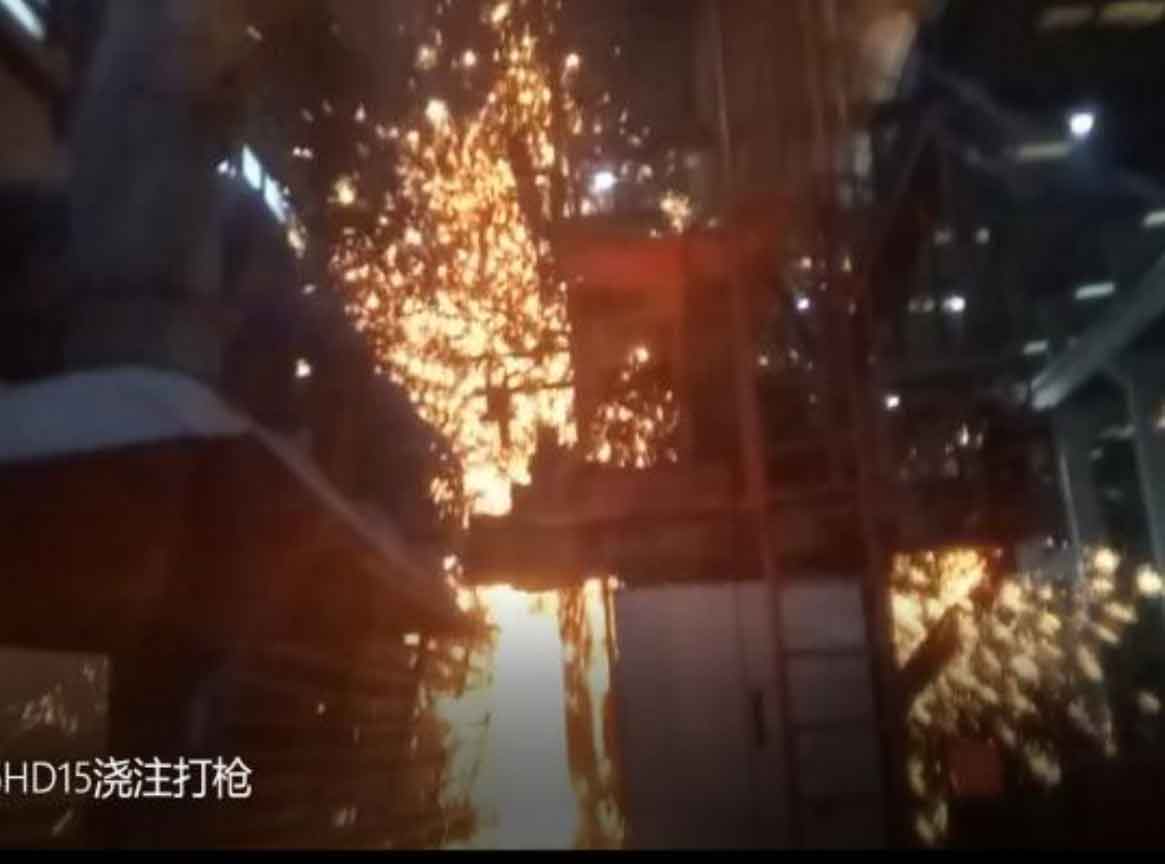
Sand casting, a traditional manufacturing technique, continues to find innovative applications in contemporary manufacturing due to its versatility, cost-effectiveness, and adaptability to a wide range of materials. Here are some of the innovative uses of sand casting in modern manufacturing:
1. Complex Automotive Components
- Engine Blocks and Cylinder Heads: Sand casting is used for complex, large automotive parts where the mold’s ability to be easily shaped is a huge advantage.
- Custom Components: For customized or vintage vehicles, sand casting is ideal for producing unique or no-longer-manufactured parts.
2. Aerospace Industry Applications
- Turbine Parts: Sand casting is employed to create complex, high-precision turbine parts for aircraft engines.
- Prototype Development: Used for prototyping parts due to its flexibility and lower cost for short-run production.
3. Renewable Energy Sector
- Wind Turbine Components: Large components of wind turbines, such as housings and gearboxes, are often produced using sand casting.
- Solar Panel Frames: The frames that hold solar panels are also manufactured using sand casting techniques.
4. Medical Equipment and Prosthetics
- Surgical Instruments and Implants: For specialized medical applications, sand casting is used to produce surgical instruments and even some types of metal implants.
5. Construction and Infrastructure
- Building Components: Sand casting is used in the construction industry to create large metal components like beams, frames, and supports.
- Decorative Elements: Architectural details, such as ornamental ironwork, are often made through sand casting.
6. Marine and Naval Applications
- Ship Components: Items like propellers, anchors, and engine parts for ships are often produced using sand casting, given their large size and complex shapes.
7. High-Performance Alloys and Metals
- Exotic and Composite Materials: Sand casting is adaptable to a wide range of metals and alloys, including high-performance materials used in demanding industrial applications.
8. Art and Sculpture
- Bronze Sculptures: Artists often use sand casting for creating intricate bronze sculptures and art installations.
9. Custom Machinery and Tooling
- Specialized Machinery Parts: For custom machinery, sand casting allows for the production of parts that may not be available commercially.
10. Robotics and Advanced Machinery
- Prototype and Experimental Parts: Sand casting is utilized in robotics and advanced machinery sectors for prototyping and experimenting with new designs.
Technological Integration
- 3D Printing: Integration with 3D printing technology, especially in mold and core making, offers enhanced precision and design flexibility.
- Computer-Aided Design (CAD): Using CAD for pattern and mold design improves accuracy and opens up possibilities for complex geometries.
Conclusion
Sand casting continues to evolve, adapting to new challenges and opportunities presented by modern manufacturing demands. Its ability to produce large, complex parts economically, combined with advancements in technology, ensures its continued relevance across various industries.
